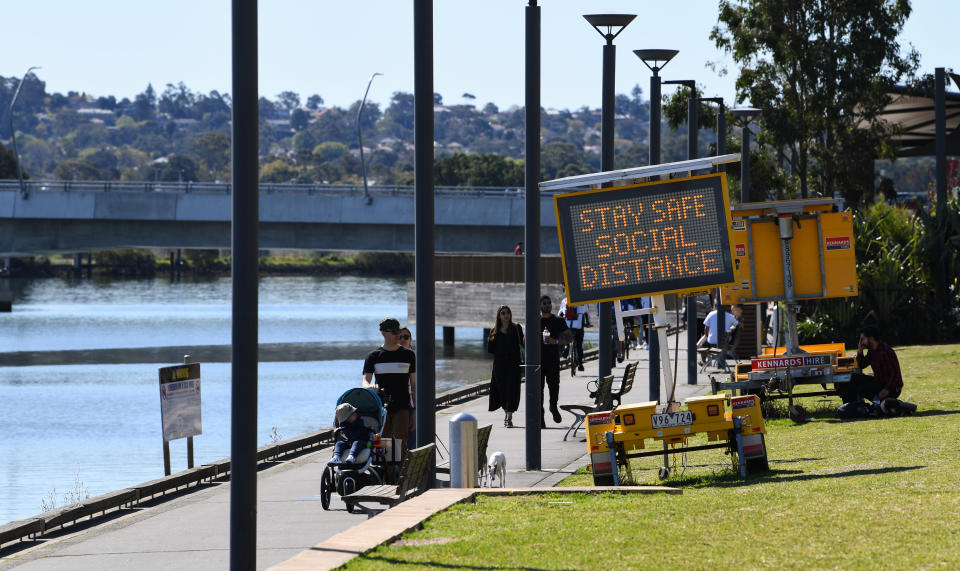Jobs data: The good news and the bad news

The August labour force data were a strange mix of news, that no economist anticipated.
In the good news: Employment rose 111,000 but the bad news was employment is 416,000 below the level of February.
In good news, the unemployment rate fell from 7.5 per cent in July to 6.8 per cent in September. The bad news is that the unemployment rate was 5.1 per cent in February and full employment in Australia is around 4 per cent.
The good news is that the underemployment rate was steady at 11.2 per cent, the bad news this represent 1,506,800 people wanting to work more hours so that they can pay their bills.
Suffice to say, the labour market data remain highly erratic on a month to month basis and conditions are still poor and entirely consistent with the deep recession we are currently living through.
More from The Kouk: House prices down, but no crash: What's going on with Aussie property?
More from The Kouk: The $13,750 reason it’s a good time to borrow money
More from The Kouk: 'Trifecta of falling GDP': Fixing Australia’s deep recession
Where to from here?
A return to full employment is a distant hope that will rely on society learning to live with COVID-19 and a range of constructive policies that will see businesses hiring the vast bulk of the 2.5 million people currently unemployed or underemployed.
None of those three pre-conditions are in place and instead, we have extreme fear about the threat to health from catching COVID-19 which is seeing people even in seemingly safe areas changing their work and spending habits.
This is entirely understandable given just how contagious and then damaging the virus is.
In terms of policy, it is by no means clear the settings are in place to get the business sector ready to hire. Business confidence is weak and the economy is simply not strong enough to allow for spending, investing and hiring to return to healthy levels.
Wages growth at record lows
The weak labour market is also showing up in very weak wages growth – the lowest on record in fact.
Firms are freezing and cutting wages for some staff members or granting pay rises well below 2 per cent for those in sectors that are doing relatively well. They can get away with this because there is such a large pool of unemployed workers who are willing to compromise on their pay to get any work at all.
Treasury and the RBA are expecting annual wages growth to remain near 1.5 per cent for the next two years, such is the weakness in the economy and the labour market more generally.
All eyes are turning to the Budget on 6 October. This is a fantastic platform for the government to show its economic credentials and set in place the policies settings that will get people back in work.
To be sure, it is not an easy task, but the template from the global financial crisis, when the unemployment rate remained at 5.9 per cent or less, suggests it can be done.
Make your money work with Yahoo Finance’s daily newsletter. Sign up here and stay on top of the latest money, economy, property and work news.
Follow Yahoo Finance Australia on Facebook, Twitter, Instagram and LinkedIn.

 Yahoo Finance
Yahoo Finance 